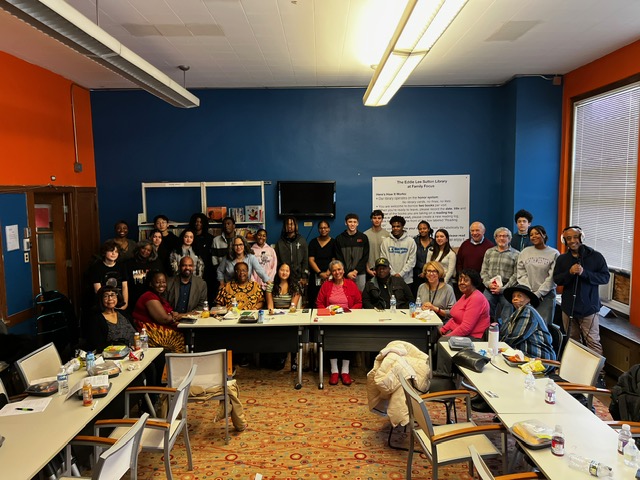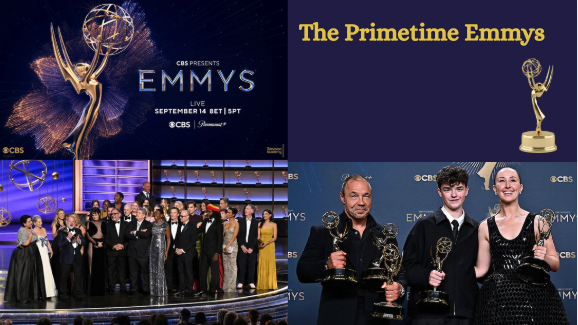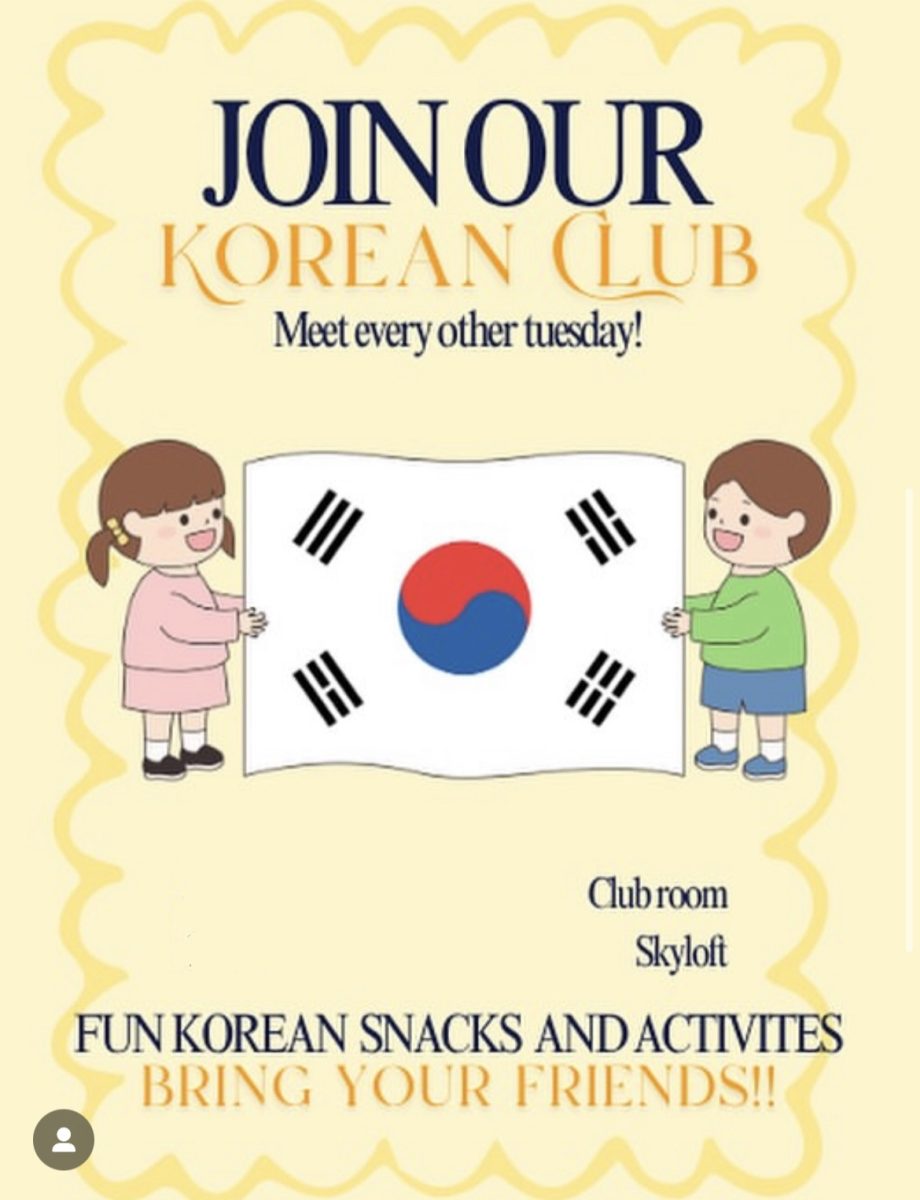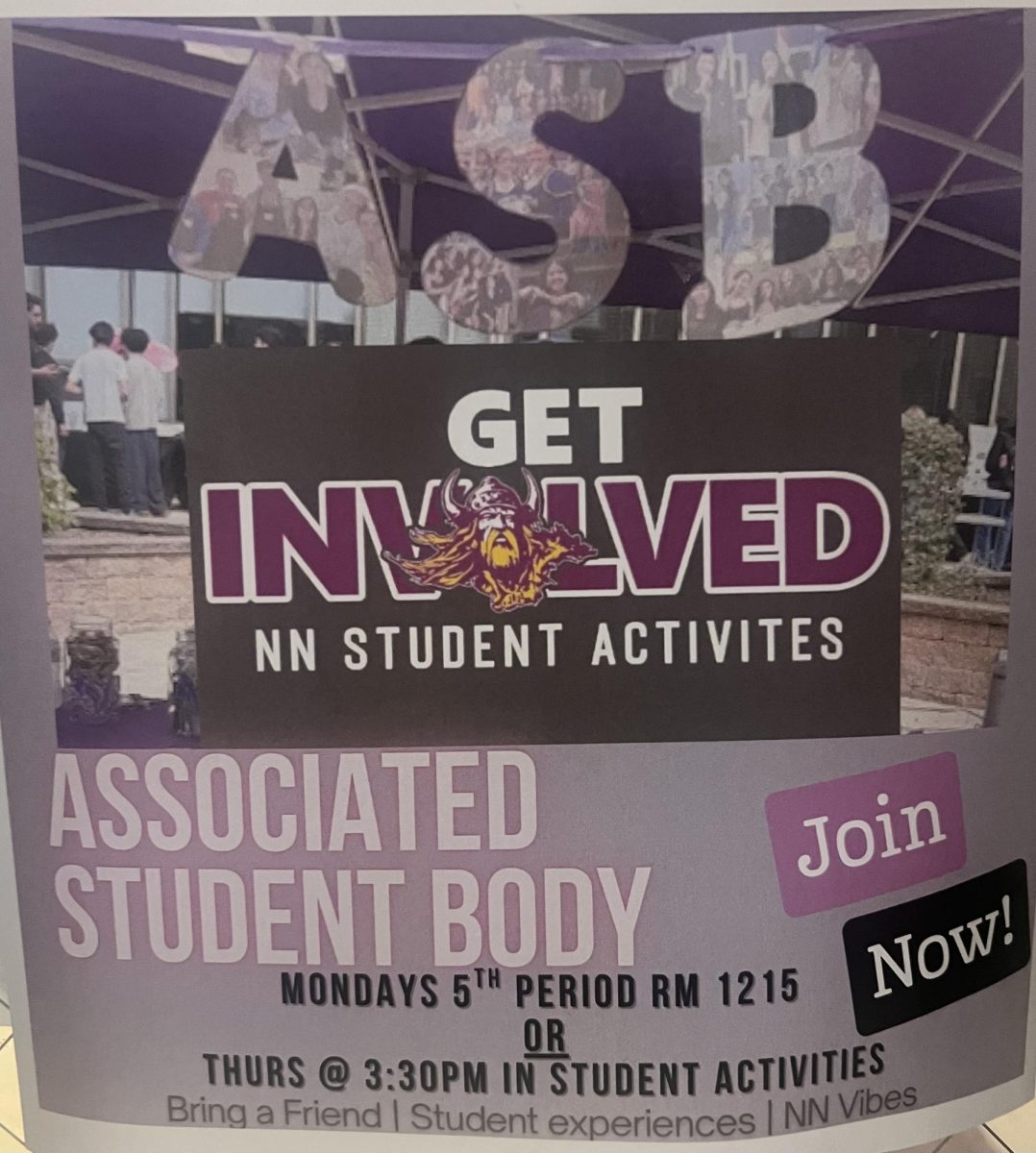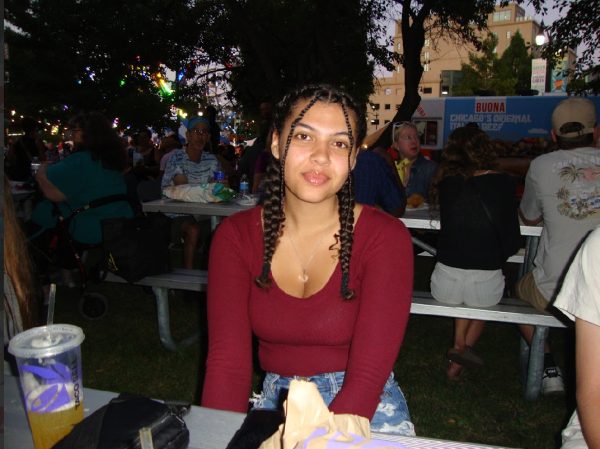Standing in an empty parking lot in the middle of February, we looked at each other, nervous to proceed. We couldn’t find the entrance and thought about going home. We eventually found a door after wandering around. As we stepped through the door, a man walked in behind us. “I think we may be going to the same place,” he said.
We ended up in a classroom of nearly 20 Evanston community members receiving housing reparations, 15 fellow students from schools around the area, two journalists, and the great grandson of Ida B. Wells, Dan Duster. Once we sat down, there was no going back: this was going to be special.
Located in Evanston, Shorefront Legacy Center (SLC) is an organization dedicated to recording, telling, and preserving history of Black Northshore residents. Until 1969, Black Evanstonians were denied mortgage loans and pushed into the Fifth Ward. In 2023, reparations of $25,000 were awarded to citizens impacted by mistreatment. SLC’s Intergenerational Interview Project invited local students to interview reparation recipients and write biographies.
As student journalists, this program was the perfect opportunity for us to learn more about interviewing techniques and local history. The project was started to connect the younger and older generations through storytelling.
“Once [reparations were] approved, it felt to me like it was groundbreaking,” SLC Director Laurice Bell said. “It wasn’t something that just belonged to either the ancestors or the elders, but it belonged to the youth coming up, so people could actually understand what was going on, what had happened. And frankly, there are more similarities between the elders and the teens than anyone would even expect.”
Every Sunday for eight weeks this spring, we would meet in various community spaces: Fleetwood-Jourdain Center, Family Focus, and SLC’s headquarters in Sherman United Methodist Church. During our second meeting, we took a bus tour around Evanston, exploring spots crucial to understanding Black history in Evanston.
The experiences didn’t just end after the first two meetings. Deeper than learning about reparations, the program focused on learning about Black experiences as a whole. We talked about issues such as slavery, redlining, gentrification, and everyday racism experienced by Black people. In one meeting we interviewed Lamonte McIntyre, a Black man who had been framed for murder by a police officer, and spent 23 years in prison.
As two journalists ourselves, we got to explore the technical side of telling narrative stories, working with Jack Doppelt, former Northwestern Medill dean, and Rick Tulsky, a Pulitzer Prize winning journalist. Working alongside these journalists helped us improve our craft immensely. Soon we were ready to conduct our interviews, a process that was a bit different for each of us.
PR: I first got to interview veteran Ron Butler. Mr. Butler’s story was interesting; he told me about his experiences moving into a predominantly white neighborhood, and soon after, how “For Sale” signs started popping up on his neighbors’ lawns. He likened his experience to Lorraine Hansberry’s play A Raisin in the Sun, something that immediately drew my attention since I had just read it for AP Literature. The following week, I met Jo-Ann Cromer, a vibrant community leader. Ms. Cromer recalled her first interaction with racism as a young girl visiting family in Mississippi but said things weren’t too different in her hometown of Evanston. I learned so much from both Mr. Butler and Ms. Cromer, and I had so much fun crafting stories around their lives.
LH: For my interviews, I met with Kandi Corbbins and Gigi Giles. From Ms. Gigi, I learned how Black businesses played such an important role in building the Black community in Evanston. Ms. Gigi is the owner of Ebony Barbershop, a place that I soon learned was more than somewhere people go to get a haircut. For decades it has been a safe space for the Black community, and gives back to its members every chance they get. My next interview was with Kandi Corbbins, the daughter of Ms. Gigi, and also a Black business owner of Ikandi Hair Studios. From her I learned about what it was like growing up in the Fifth Ward, and how interesting it is that a place white people used to fear, is now a place gentrification seems to be driving out the Black community. Walking away from these interviews was very hard, it seemed like no matter how many questions I asked, I always had more. My favorite part of the entire program though, had to be writing the stories about these two amazing women’s lives, and getting to share their experiences that I was so lucky to learn about.
Joining this cohort last minute was one of our best decisions. Not only did we take away new journalistic skills that we’d never practiced before, but we created connections with important figures in Evanston’s history. We learned that some of the most impactful pieces of history can be learned by talking to the community that surrounds you. Before this project, we knew relatively little about reparations and their impact, but this program taught us that reparations are so much deeper than giving back money. Black history can be found anywhere, you just have to ask questions.


